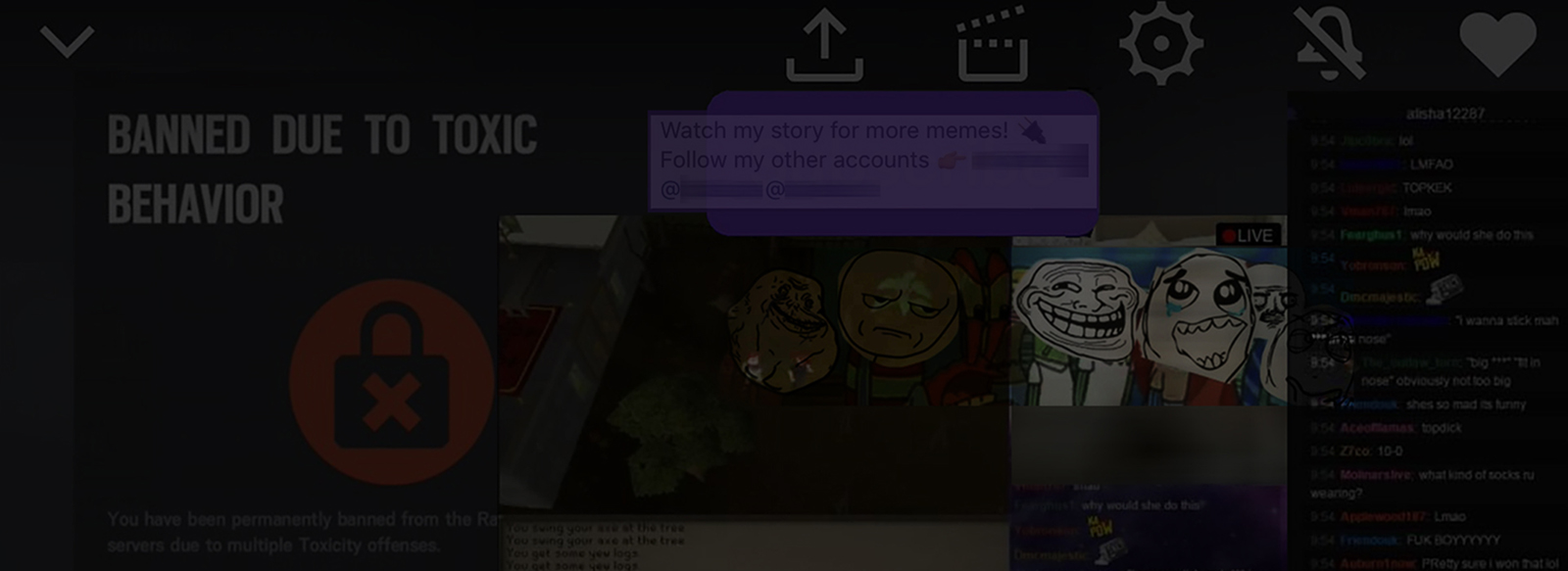Links

In filming for the documentary project, we have seen teen boys play hide and seek with the child left in them and then go home to apartments with bullet holes in the walls, cops on the stoop and ambulances in the parking lot. “Must be an OD,” one said matter-of-factly. In the absence of alternative light, we fear losing a generation of young men, with calculable risks for radicalization toward violence as they mature.
There is sparse research on youth susceptibility to white supremacist recruitment, particularly in Appalachia. Further complicating awareness of the problem is the speed with which youth user behaviors and platform preferences evolve and a confluence of factors shaping their behaviors online and in real life: exposure to global content in popular online server-based gaming communities; localized influences that include the demographic, economic, political, and religious influences of the region; peer, parent and teacher influences at the community and school level; platform specific mechanics and economic models; and an understanding of the motivations and evolving tactics of “actors,” both human and algorithmic, that intersect in these realms.
Meanwhile, youth in this community demonstrate a keen awareness of their peers’ economic, social and family status, such as who lives in what neighborhood or apartment complex, whose parent(s) are in prison or dead from an overdose. Decimation of the opioid epidemic and other addictions in the region has eroded family stability — in West Virginia, it’s estimated that more than 50% of students in some counties are not being raised by their parents, and instead are in foster care or living with a grandparent because parents have either died from overdose or are in prison. This is complicated by “kin-caregiving” by aging grandparents who may not understand their youth’s technology use or who are economically overwhelmed, in poor health and experiencing other traumas. This awareness of a grim and present reality, combined with continuous exposure to toxic content as described in this documentary is further disrupted by the global pandemic. In turn this serves to underpin the very premise of the extremist propaganda targeting these youth that “civilization is in decline.”
This manipulative cocktail, regardless of whether inadvertently or by design, serves as both a poison and an equally toxic cure as youth are drawn through shame-inducing content toward propaganda packaged as redemption — including health and fitness advice, “strength,” “clean living,” environmental concern, and romanticized nostalgia for a mythical past.
“I think that’s a global problem, as we know there’s reduced empathy for this generation of young people. And so that speaks to a different kind of education needed […] we as a global society have been very focused on test scores and quantitative assessments. I think we haven’t really paid attention to some of this, like— What does it mean to be a good citizen? What does it mean to be a good human being?— and haven’t really figured out how you talk about democratic values.” says Cynthia Miller-Idriss, who studies radicalization of youth at a global scale.
What does it mean to be a good citizen? What does it mean to be a good human being?
In filming for the documentary project, we have seen teen boys play hide and seek with the child left in them and then go home to apartments with bullet holes in the walls, cops on the stoop and ambulances in the parking lot. “Must be an OD,” one said matter-of-factly. In the absence of alternative light, we fear losing a generation of young men, with calculable risks for radicalization toward violence as they mature. We cannot wait for the platforms to solve this problem, even as we hope to help the platforms understand the full gravity of impact on not just our region’s youth but especially the grave risks to targeted communities here under threat of violence online and in real life.